- Album Songs recorded during this session officially appear on the Back To The Egg Official album.
Spread the love! If you like what you are seeing, share it on social networks and let others know about The Paul McCartney Project.
About
From Club Sandwich N°44, Spring 1987:
The sun shines through the trees. Horses frolic in the yard. A piano can be heard in the distance. Above the yard, the camera takes us upstairs into a wooden lofthouse, an insistent piano boogie now increasingly audible. There’s Paul at the keyboard, occasionally stopping to make musical notes as he re-enacts the composition of ‘Rockestra Theme’. Meanwhile, as a voice-over, he recounts how the Rockestra big band idea came to him.
“I thought, it’s a nice easy melody line and it might be a good idea to try a lot of guitars on the melody line. Whereas most people use orchestras, I thought the idea might be good to use rock instruments instead and have what you could call a rockestra instead of an orchestra.
“I’d been thinking about doing it for a long time and talking about it with various people. By the time I’d heard a few people saying, ‘Yeah, I’m gonna do that’, I thought, well I’d better do it, if I’m ever gonna do it. That’s when I started ringing people. I thought, if just three of them turn up, that’ll be Rockestra and we’ll just see what we can do.”
The camera’s on the move again, taking us down the stairs to Abbey Road’s Number Two studio. Strains of Abbey Road’s past are heard: Cliff’s ‘Living Doll’, the Goons, Elgar, Menuhin, Wings, Irish folk music, Pink Floyd, Russ Conway’s ‘Side Saddle’, ‘Lucy In The Sky With Diamonds’. We’re in the studio and – phew! -more than three have turned up. Guitars are Pete Townshend, Hank Marvin, Dave Gilmour, Laurence Juber, Denny Laine. Basses: Bruce Thomas, John Paul Jones, Ronnie Lane. Drums: Kenney Jones, Steve Holly, John Bonham. Percussion: Ray Cooper, Morris Pert, Tony Carr, Speedy Acquaye. Keyboards: Gary Brooker, Tony Ashton. Organ: Linda McCartney. Brass/horns: Tony Dorsey, Thaddeus Richard, Howie Casey, Steve Howard. Many are smoking. The date is 3rd October, 1978.
Enter Paul in woolly weskit, rubbing eye. He shows Hank the tune at the piano (“It’s a Chuck Berry riff”); Hank and Pete try it out; Linda leaves her piano, camera snapping away; Paul shows Gary the tune. Then, to the control room: “OK, Phil, play the demo.”
Paul, joining the smokers, shows Bruce the bass part. The piano is covered in a bag, though not to keep its innards ash-free: the bag prevents the sound ‘bleeding’ into the other instruments. Bonham and Holly agree beats before a runthrough: Gary boogies on piano, the brass punches, Linda smiles. Morris is at the tymps, Laine and Lane share the same gypsy look, Tony Ashton is at the organ. Pete makes a suggestion to Paul, the drummers have a runthrough: “That’s terrific”.
On with the red light – “Once more for a laugh.” (Linda: “Once more and I’m off!”) John Bonham is really into it. Climax with Paul’s immortal cry: “Why haven’t I had any dinner?” Morris booms in, Paul finishes with a yell of triumph; thumbs up from Phil McDonald in the control room. Paul sings “So Glad To See You Here” while Hank reads the Daily Express. All change: Paul to bass, Morris to tuned percussion, J.P.J. to piano. Time for drinks and farewells, as ‘After The Ball’ plays on the soundtrack. Paul sings ‘We’re Opening Tonight’. Credits and close.
The participants clearly enjoyed this unique session, for most of them regrouped in late 1979 to make a live Rockestra at the Concerts for Kampuchea. Enlarged by Billy Bremner (no relation), Dave Edmunds, James Honeyman-Scott and Robert Plant, they played their theme (twice), ‘Lucille’ and ‘Let It Be’.
Rockestra (the video) is a breeze to watch. Making it was rather harder. “Pete Townshend was funny about being filmed at first,” recalls Alan Crowder, “but it all went well in the end. I remember John Bonham being his usual outrageous self, and Neemoi ‘Speedy’ Acquaye, who used to play with Georgie Fame. Every time you see him he has a new young girlfriend…”
Yes, quite, Alan. Over to Barry Chattington for a more technical angle. “It was technically very, very difficult: you could write a book on that shoot. The producer, Joan Cherrill, put it together while I was in New York. As you know, Abbey Road is not exactly hi-tech in appearance, so we had to set up imitation ‘grot’ walls five feet into the room to conceal the cameras, which were on scaffolding behind.
“The windows in these walls were neutral density (one way) glass, like a projection box, so some exposure was lost. The studio lighting was boosted slightly, but the 35mm film we used had to be sent to New York for special processing.”
Director of Photography Michael Seresin was obviously restricted, so Barry helped out from next door.
“The film cameras had video feeds to me in Studio One, so I could tell the cameraman to pan to Pete Townshend, say, if he was doing something interesting. Sound was a problem. We tried to catch dialogue, but the mikes were never in the right place as our people couldn’t be on the studio floor. And the drummers always seemed to be bashing away, drowning everything.
“The filming was not a secret, but Paul told us to keep quiet about it as much as possible. Dave Gilmour recognized me, as I’d done films for the Floyd’s Dark Side of the Moon shows and a TV film about The Wall. He said ‘Hi, Barry, what are you doing here?’ which was a bit embarrassing.
“Paul described Bruce McMouse to me as ‘a grandchildren’s film’ and this was a bit the same. I also did Blankit’s First Show and will be filming Linda’s new horse being born, probably in early April – Blankit Mk. II!
“The Rockestra session lasted from 10.30 to 6.30 and we were left with 80,000 feet of film to be made into some sort of story. We used 5,000/6,000 feet and it’s up to you to say whether we succeeded.” You did, Barry, you did.
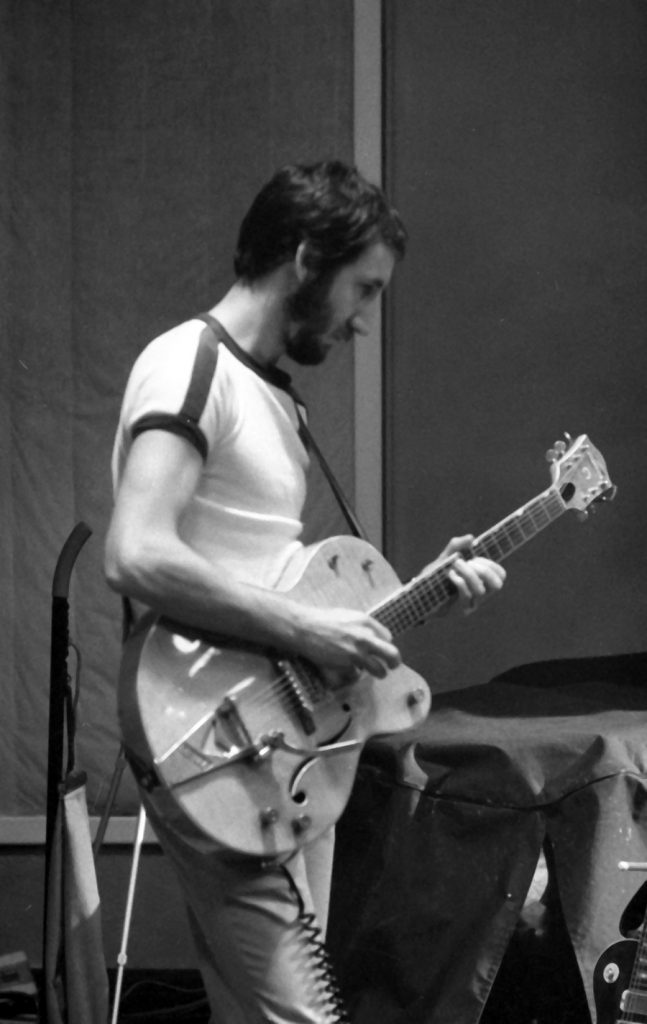
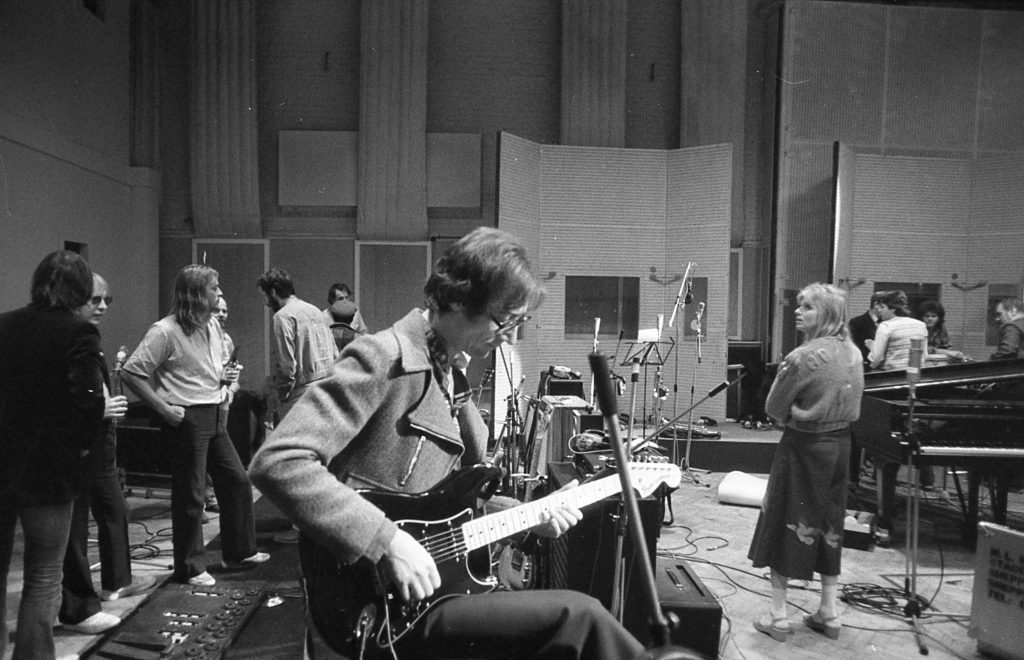
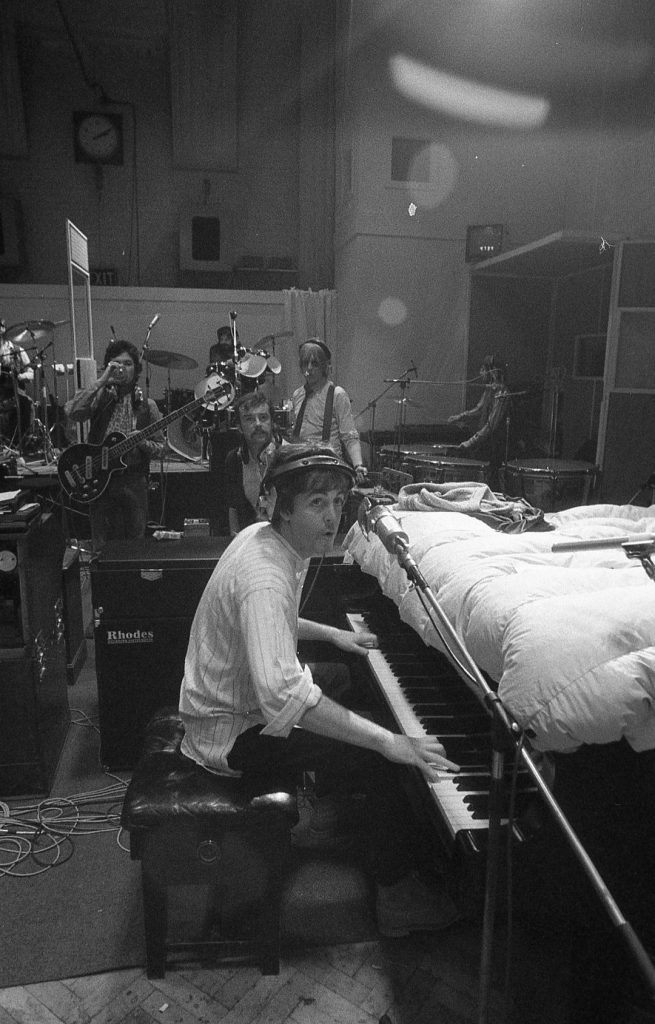
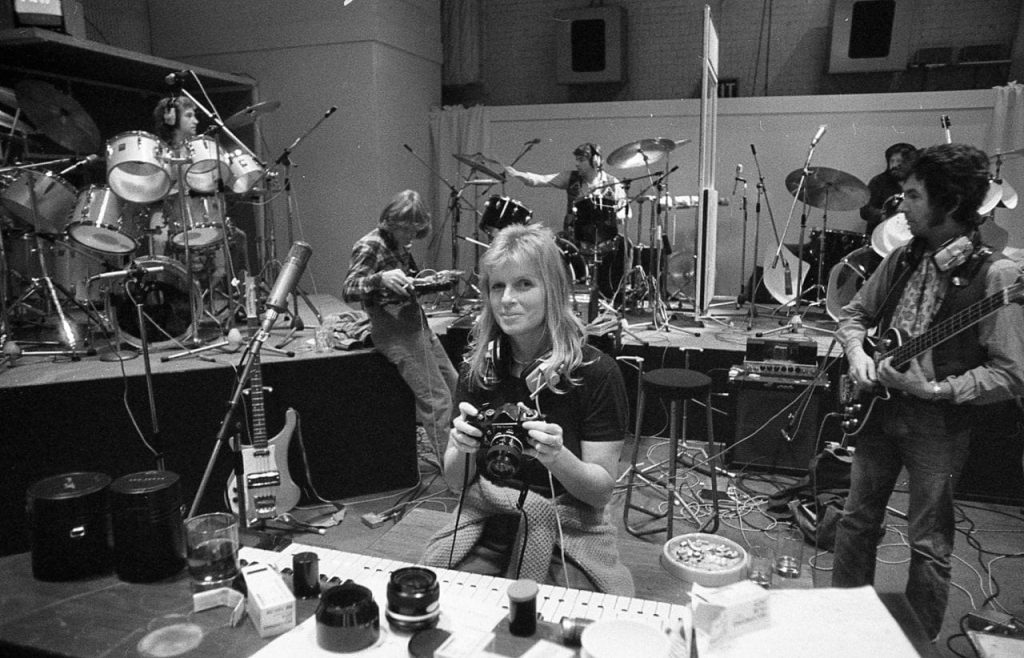
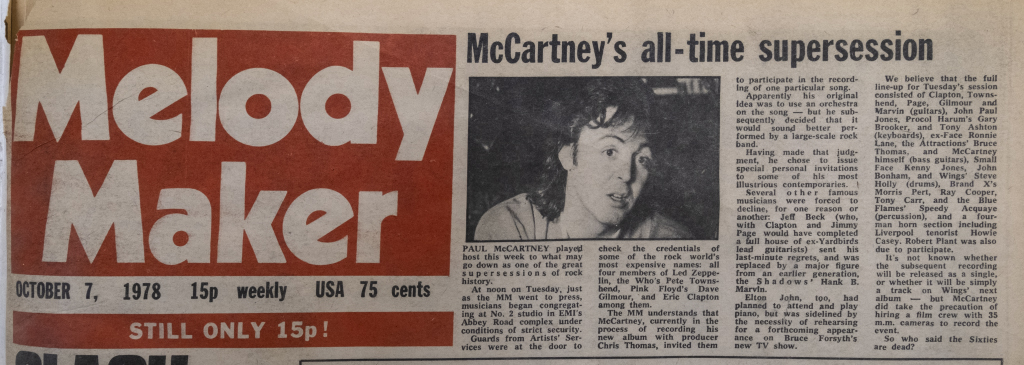
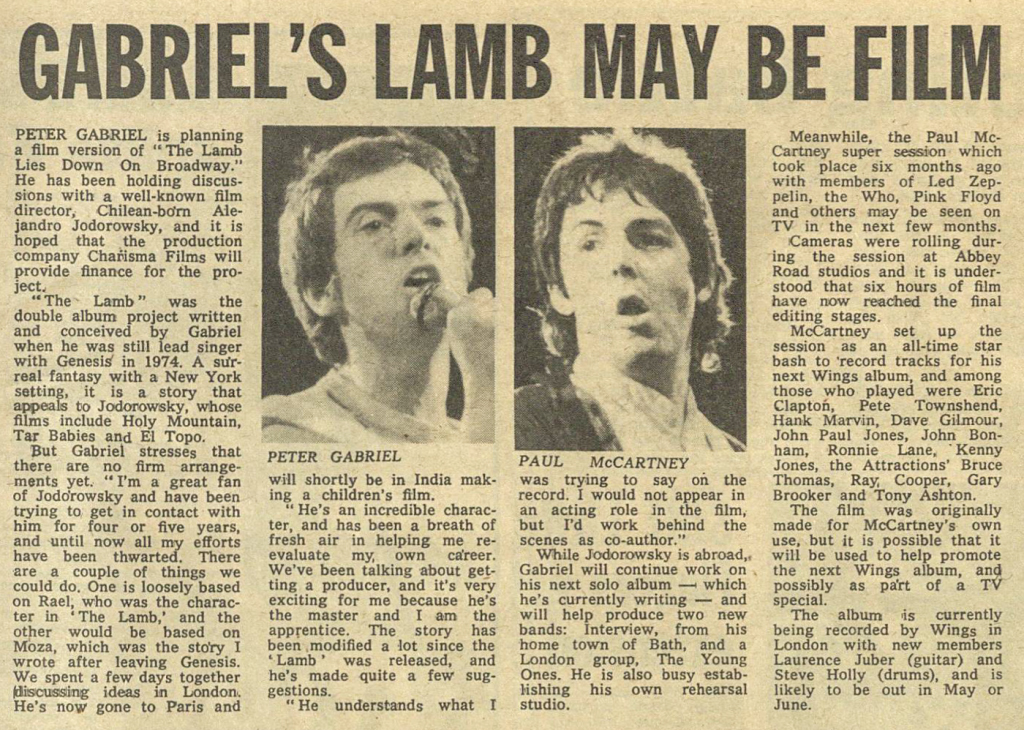
Last updated on December 15, 2022
Songs recorded
1.
2.
Going further
Paul McCartney: Music Is Ideas. The Stories Behind the Songs (Vol. 1) 1970-1989
With 25 albums of pop music, 5 of classical – a total of around 500 songs – released over the course of more than half a century, Paul McCartney's career, on his own and with Wings, boasts an incredible catalogue that's always striving to free itself from the shadow of The Beatles. The stories behind the songs, demos and studio recordings, unreleased tracks, recording dates, musicians, live performances and tours, covers, events: Music Is Ideas Volume 1 traces McCartney's post-Beatles output from 1970 to 1989 in the form of 346 song sheets, filled with details of the recordings and stories behind the sessions. Accompanied by photos, and drawing on interviews and contemporary reviews, this reference book draws the portrait of a musical craftsman who has elevated popular song to an art-form.
Eight Arms to Hold You: The Solo Beatles Compendium
We owe a lot to Chip Madinger and Mark Easter for the creation of those session pages, but you really have to buy this book to get all the details!
Eight Arms To Hold You: The Solo Beatles Compendium is the ultimate look at the careers of John Lennon, Paul McCartney, George Harrison and Ringo Starr beyond the Beatles. Every aspect of their professional careers as solo artists is explored, from recording sessions, record releases and tours, to television, film and music videos, including everything in between. From their early film soundtrack work to the officially released retrospectives, all solo efforts by the four men are exhaustively examined.
As the paperback version is out of print, you can buy a PDF version on the authors' website

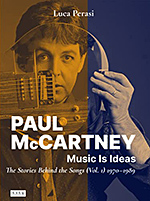
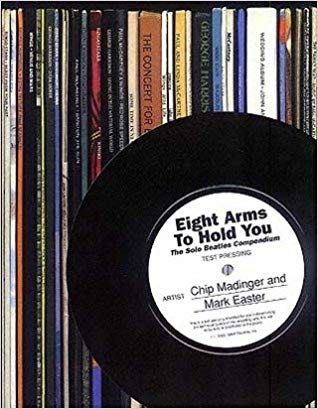
Contribute!
Have you spotted an error on the page? Do you want to suggest new content? Or do you simply want to leave a comment ? Please use the form below!